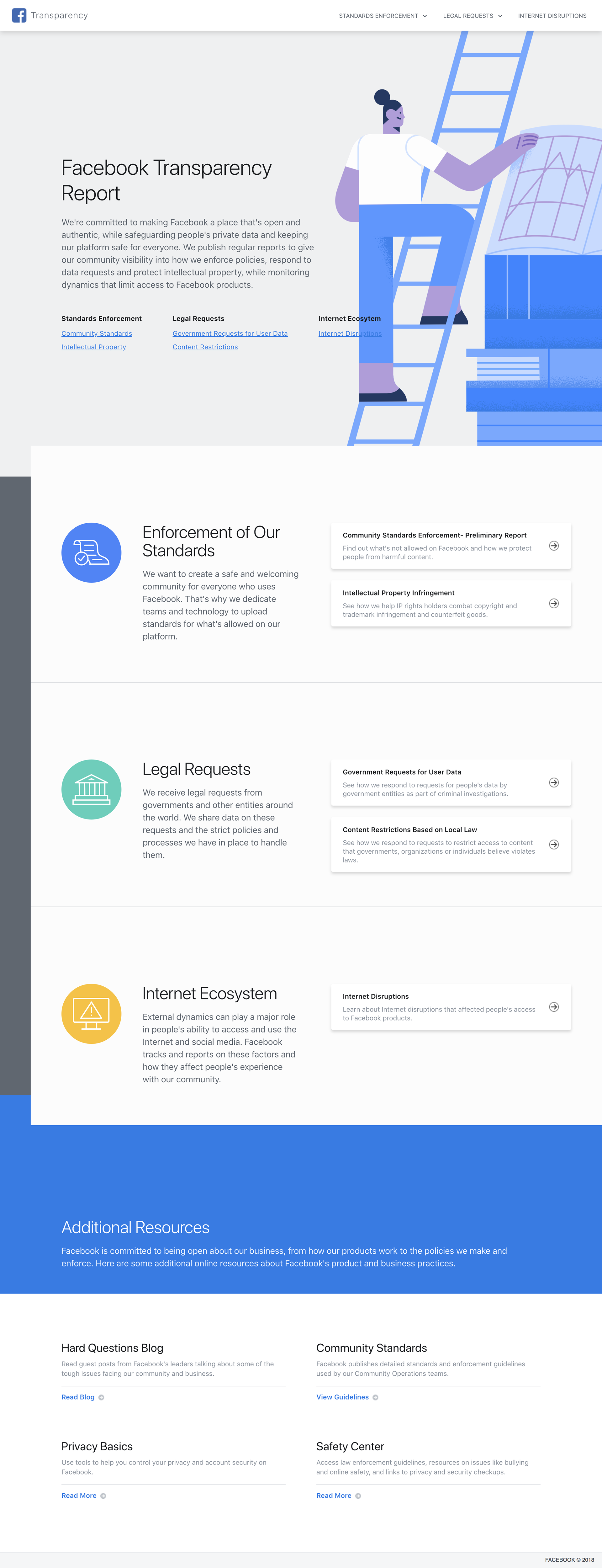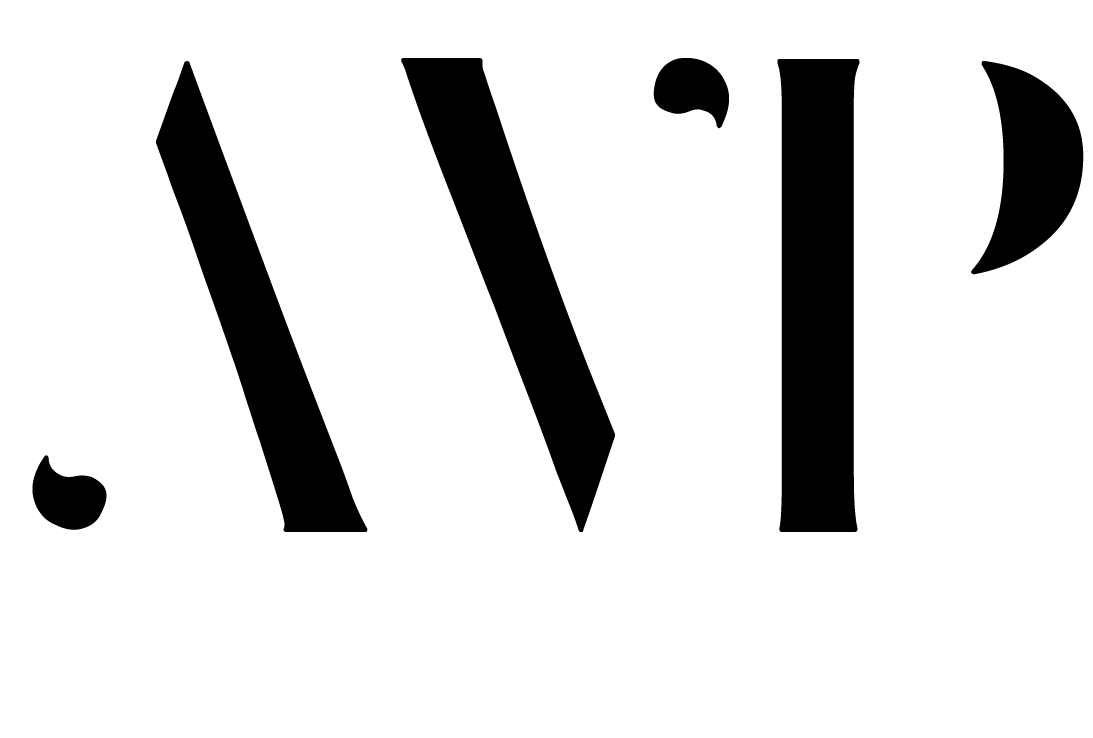ROLE: UX RESEARCHER, INFORMATION ACRCHITECT, STRATEGIST
Client Profile:
Facebook/Meta is an American online social media and social networking service company based in Menlo Park, California. As of the second quarter of 2018, Facebook had 2.23 billion monthly active users. Due to restrictions from the partnership NDA, many details about the project have been stripped.
Context:
A transparency report is a statement issued on a regular basis by a company, disclosing a variety of statistics related to requests for user data, records, or content. Transparency reports generally disclose how frequently and under what authority governments have requested or demanded data or records over a certain period of time. This form of transparency allows the public to see what private information governments have gained access to through search warrants and court subpoenas, among other methods. Some transparency reports describe how often, as a result of government action or under copyright provisions, content was removed. Disclosing a transparency report also helps people to know about the appropriate scope and authority of content regulation for online discussions. Other top corporations that avidly participate in this practice include Google, Microsoft, Verizon, AT&T, Twitter, Apple, Dropbox
How Success Will Be Measured:
If the public feels that they can interpret the data easily as well as feel as sense of loyalty in Facebook.
Final Product:
Desktop and Mobile Site
UX Methodology:
Stakeholder Interviews
My Role:
Support user experience activities such as conducting user interviews, capturing user feedback, moderating sessions and producing insight summary deliverables.
Project scope
Objective:
The client was under great pressure to optimize and automate internal data that needed to be presented on a bi-annual basis. At the time, several departments were generating reports via manual entry and this cumbersome and tedious approach was costing them time and money. Another layer of the problem was to solve how to improving the presentation of the data from multiple departments that individually all produced separate but equally important and sensitive data into a streamlined narrative with modern feel. Ultimately, Facebook wants the world to know that they are transparent with the public and treat users' data and privacy concerns as a serious matter. My role was to gather the needs and goals of each Transparency department, draw insights and assist the Design team with translating it into tangible UX elements through wireframes and final designs.
The Expectation:
My team had to deliver on intel and insights regarding the following individual pages:
-Homepage
-Government Data Requests
-Intellectual Property
-Service Disruptions
-Content Restrictions
-Country Pages
-Additional Resources
How Success Will Be Measured:
If the public feels that they can interpret the data easily as well as feel as sense of loyalty with Facebook.
UNDERSTANDING THE PROBLEM
What is Known
There were 6 departments (called Spokes) involved, all which handled equally classified yet sensitive information. Although the data was unique only department, everyone's data conveyed unique messaging, therefore, a blanket UX and UI solution (template) was not applicable in this scenario.
What I Need to Find Out
How each department defined success and what their priorities were.
How I Found Out
I conducted 6 stakeholder interviews with each department and worked off a set of question that would educate me in the nature of their work, their daily operations and how they viewed what a successful user experience was.
The Stakeholders
Community Standards
-This group defines what is and isn't allowed on Facebook. They define and measure enforcement of the Facebook standards
Intellectual Property
- Facebook's IP protection is responsible for the Terms of Service, which prohibit people from posting content that infringes others' IP rights. This includes copywriting, trademarks and counterfeit content.
-This department responds to government requests. The assess every request received for legal sufficiency by governments all over the world and may reject or inquire on further specificity on requests that appear ambiguous.
-When published content is reported as violating local law, but doesn't violate Facebook's community standards, the content is restricted at a single geography, where it is alleged to be illegal.
-This department tracks internet disruptions, which are defined as intentional restrictions on internet connectivity to limit people's ability to access the internet or specific Facebook products, websites and apps.
preparing the research plan


identified insights

UX PROPOSED SOLUTIONS
In a collaborative effort between Design, Strategy and Development, the following UX elements were agreed upon to improve the user experience:
CONCLUSION


UI Designs above were created by team Product Designer

